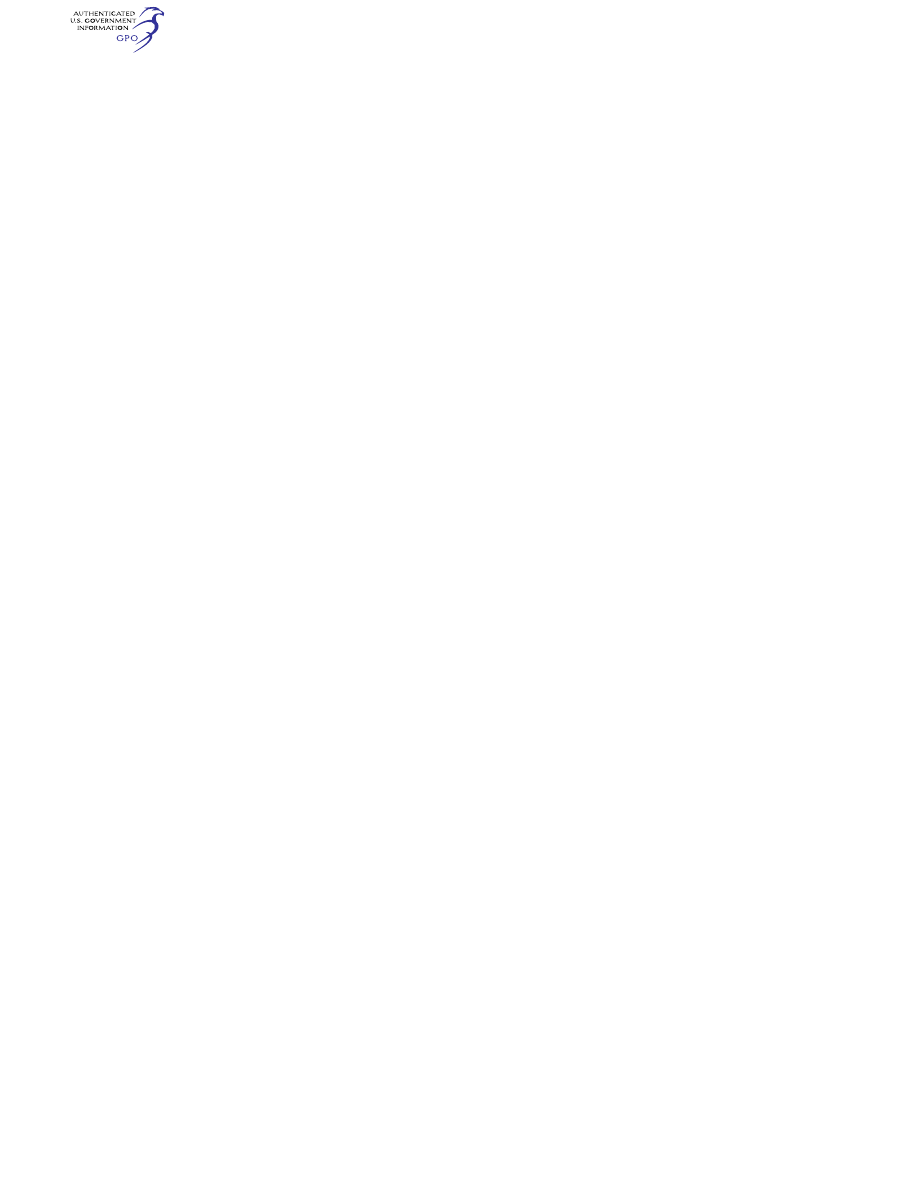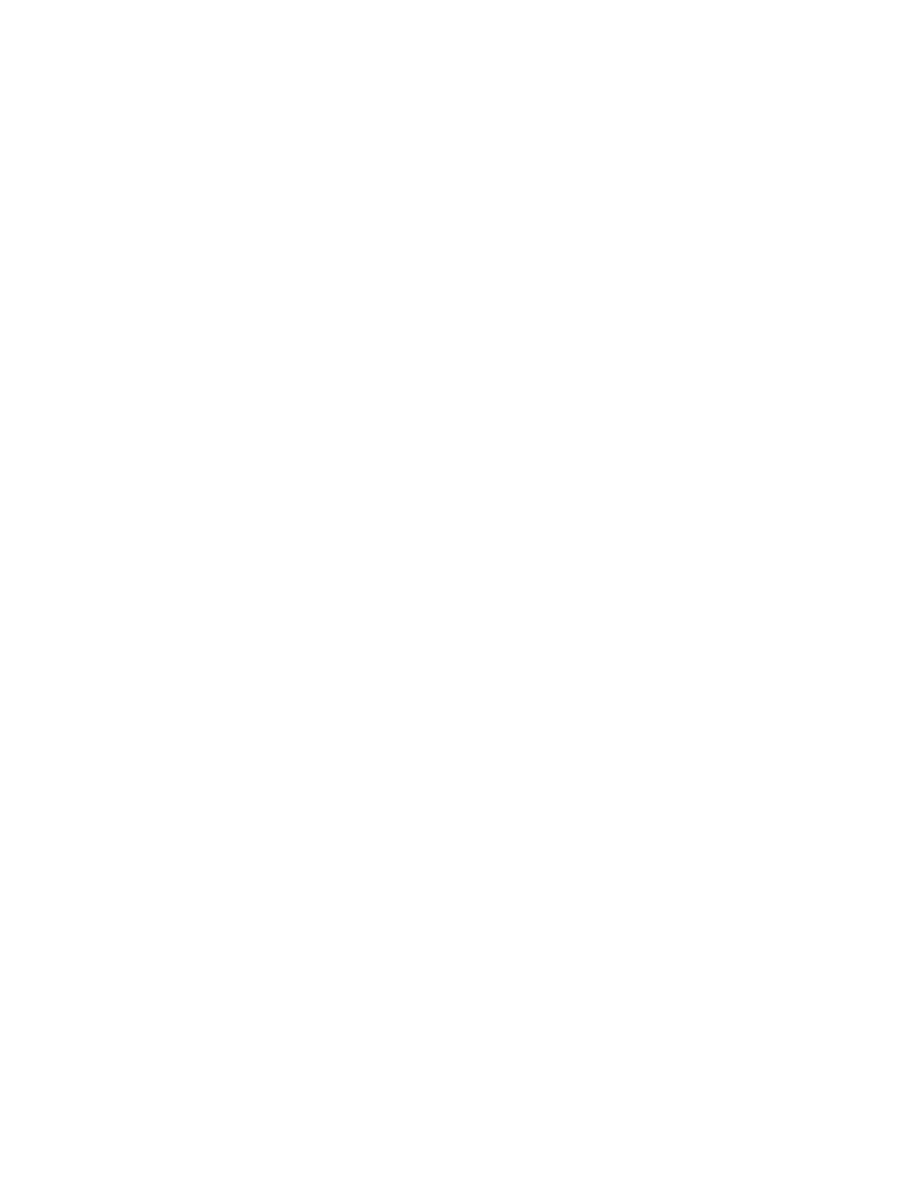
489
Federal Aviation Administration, DOT
§ 61.47
which the applicant is applying for a
certificate or rating, and provided—
(A) The aircraft is under the direct
operational control of the U.S. Armed
Forces;
(B) The aircraft is airworthy under
the maintenance standards of the U.S.
Armed Forces; and
(C) The applicant has a letter from
his or her commanding officer author-
izing the use of the aircraft for the
practical test.
(b)
Required equipment (other than con-
trols). (1) Except as provided in para-
graph (b)(2) of this section, an aircraft
used for a practical test must have—
(i) The equipment for each area of op-
eration required for the practical test;
(ii) No prescribed operating limita-
tions that prohibit its use in any of the
areas of operation required for the
practical test;
(iii) Except as provided in paragraphs
(e) and (f) of this section, at least two
pilot stations with adequate visibility
for each person to operate the aircraft
safely; and
(iv) Cockpit and outside visibility
adequate to evaluate the performance
of the applicant when an additional
jump seat is provided for the examiner.
(2) An applicant for a certificate or
rating may use an aircraft with oper-
ating characteristics that preclude the
applicant from performing all of the
tasks required for the practical test.
However, the applicant’s certificate or
rating, as appropriate, will be issued
with an appropriate limitation.
(c)
Required controls. Except for light-
er-than-air aircraft, and a glider with-
out an engine, an aircraft used for a
practical test must have engine power
controls and flight controls that are
easily reached and operable in a con-
ventional manner by both pilots, un-
less the Examiner determines that the
practical test can be conducted safely
in the aircraft without the controls
easily reached by the Examiner.
(d)
Simulated instrument flight equip-
ment. An applicant for a practical test
that involves maneuvering an aircraft
solely by reference to instruments
must furnish:
(1) Equipment on board the aircraft
that permits the applicant to pass the
areas of operation that apply to the
rating sought; and
(2) A device that prevents the appli-
cant from having visual reference out-
side the aircraft, but does not prevent
the examiner from having visual ref-
erence outside the aircraft, and is oth-
erwise acceptable to the Adminis-
trator.
(e)
Aircraft with single controls. A
practical test may be conducted in an
aircraft having a single set of controls,
provided the:
(1) Examiner agrees to conduct the
test;
(2) Test does not involve a dem-
onstration of instrument skills; and
(3) Proficiency of the applicant can
be observed by an examiner who is in a
position to observe the applicant.
(f)
Light-sport aircraft with a single
seat. A practical test for a sport pilot
certificate may be conducted in a
light-sport aircraft having a single seat
provided that the—
(1) Examiner agrees to conduct the
test;
(2) Examiner is in a position to ob-
serve the operation of the aircraft and
evaluate the proficiency of the appli-
cant; and
(3) Pilot certificate of an applicant
successfully passing the test is issued a
pilot certificate with a limitation ‘‘No
passenger carriage and flight in a sin-
gle-seat light-sport aircraft only.’’
[Doc. No. 25910, 62 FR 16298, Apr. 4, 1997;
Amdt. 61–103, 62 FR 40897, July 30, 1997;
Amdt. 61–104, 63 FR 20286, Apr. 23, 1998; Amdt.
61–110, 69 FR 44865, July 27, 2004; Amdt. 61–
124, 74 FR 42549, Aug. 21, 2009]
§ 61.47
Status of an examiner who is
authorized by the Administrator to
conduct practical tests.
(a) An examiner represents the Ad-
ministrator for the purpose of con-
ducting practical tests for certificates
and ratings issued under this part and
to observe an applicant’s ability to per-
form the areas of operation on the
practical test.
(b) The examiner is not the pilot in
command of the aircraft during the
practical test unless the examiner
agrees to act in that capacity for the
flight or for a portion of the flight by
prior arrangement with:
(1) The applicant; or
VerDate Sep<11>2014
14:00 Mar 14, 2024
Jkt 262047
PO 00000
Frm 00499
Fmt 8010
Sfmt 8002
Q:\14\14V2.TXT
PC31
aworley on LAPBH6H6L3 with DISTILLER
